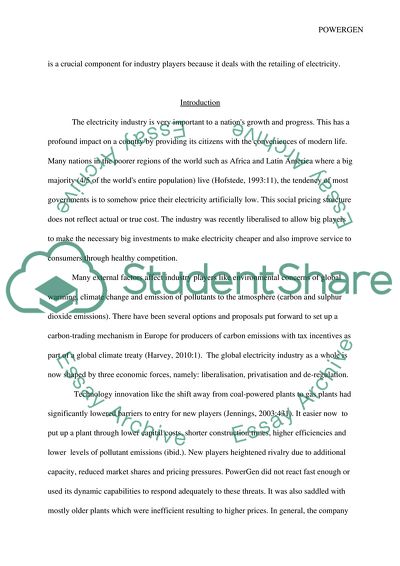Cite this document
(“Corporate strategy(powergen case study) Essay Example | Topics and Well Written Essays - 2500 words”, n.d.)
Retrieved from https://studentshare.org/miscellaneous/1565031-corporate-strategypowergen-case-study
Retrieved from https://studentshare.org/miscellaneous/1565031-corporate-strategypowergen-case-study
(Corporate strategy(powergen Case Study) Essay Example | Topics and Well Written Essays - 2500 Words)
https://studentshare.org/miscellaneous/1565031-corporate-strategypowergen-case-study.
https://studentshare.org/miscellaneous/1565031-corporate-strategypowergen-case-study.
“Corporate strategy(powergen Case Study) Essay Example | Topics and Well Written Essays - 2500 Words”, n.d. https://studentshare.org/miscellaneous/1565031-corporate-strategypowergen-case-study.


